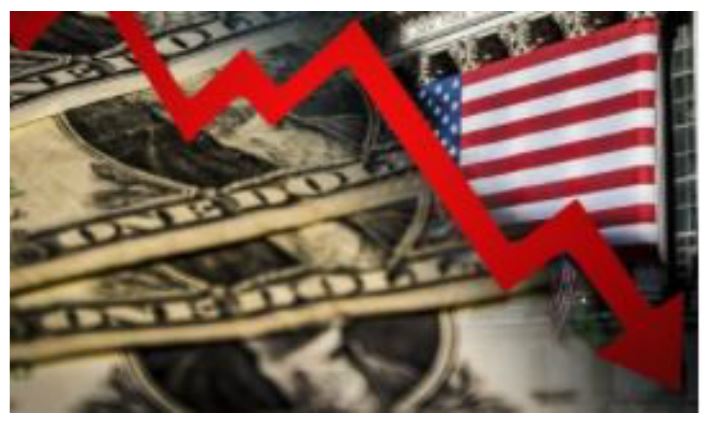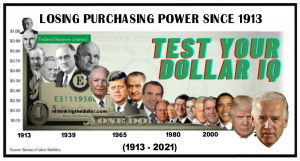A confusing economic situation has just been made more confusing. The government claims that jobs are still being created when other indexes show otherwise.
This is not the first time this year conflicting and confusing numbers have been released:
Odd Economic Numbers: Consumer Confidence Falls, But Consumer Spending Remains High
Not much about that made any real sense to anyone who looked at it, and we are now getting more confusing information.
According to a report by Forbes, the prospects of a recession in the U.S. The Institute of Supply Management’s November survey shows that the index of factory activities in the U.S. fell to 48.1 from 48.3 in October (any reading below 50 is indicative of a contraction). However, the Department of Labor also reported that 266,000 jobs have been added to the economy in November, bringing the unemployment rate down to a historic low of 3.5%. A confusing situation has just been made more confusing.

Factory activities fell, but the U.S. is somehow adding jobs? Forbes was baffled too.
Developed world economies have meanwhile been seriously weakened by prolonged zero interest rates, making them vulnerable to unexpected shocks. Extraordinarily low interest rates distort the price of money, arguably the single most important price signal in a market economy. They poison the business environment, allowing poorly run businesses to survive, jamming the gears of creative destruction that drive any economic renewal. The survival of poorly run businesses also suck profits from more successful businesses, sapping their ability to expand. –Forbes
The next recession could already be here and may never be technically a recession. The next recession, however, may not technically qualify as one. The accepted definition of a recession is two consecutive quarters of contraction in an economy. But, we could have, for example, one quarter of 0.3% growth, followed by a contraction of 1.2% the next, then anemic growth in the third and fourth quarter of, say, 0.1% each, and then another contraction of 0.5% and so on. While the technical definition of a recession may never be met, the economy would still be shrinking, left to wane inexorably by impotent monetary and fiscal policies. It would be a recession by stealth.
. The government claims that jobs are still being created when other indexes show otherwise.
This is not the first time this year conflicting and confusing numbers have been released:
Odd Economic Numbers: Consumer Confidence Falls, But Consumer Spending Remains High
Not much about that made any real sense to anyone who looked at it, and we are now getting more confusing information.
According to a report by Forbes, the prospects of a recession in the U.S. The Institute of Supply Management’s November survey shows that the index of factory activities in the U.S. fell to 48.1 from 48.3 in October (any reading below 50 is indicative of a contraction). However, the Department of Labor also reported that 266,000 jobs have been added to the economy in November, bringing the unemployment rate down to a historic low of 3.5%. A confusing situation has just been made more confusing.
Factory activities fell, but the U.S. is somehow adding jobs? Forbes was baffled too.
Developed world economies have meanwhile been seriously weakened by prolonged zero interest rates, making them vulnerable to unexpected shocks. Extraordinarily low interest rates distort the price of money, arguably the single most important price signal in a market economy. They poison the business environment, allowing poorly run businesses to survive, jamming the gears of creative destruction that drive any economic renewal. The survival of poorly run businesses also suck profits from more successful businesses, sapping their ability to expand. –Forbes
The next recession could already be here and may never be technically a recession. The next recession, however, may not technically qualify as one. The accepted definition of a recession is two consecutive quarters of contraction in an economy. But, we could have, for example, one quarter of 0.3% growth, followed by a contraction of 1.2% the next, then anemic growth in the third and fourth quarter of, say, 0.1% each, and then another contraction of 0.5% and so on. While the technical definition of a recession may never be met, the economy would still be shrinking, left to wane inexorably by impotent monetary and fiscal policies. It would be a recession by stealth.
by Mac Slavo of SHTFplan

RTD 1oz. Round
RTD 5oz. Round










0 Comments